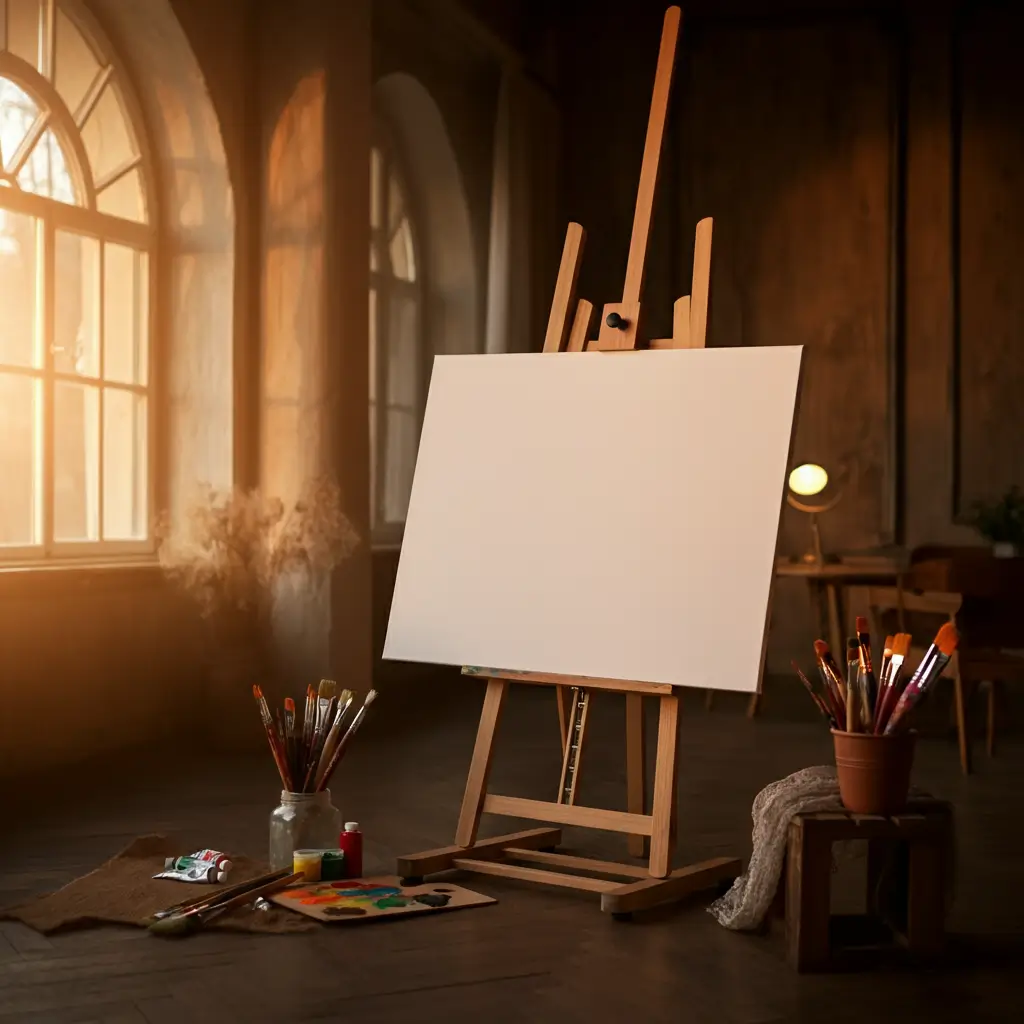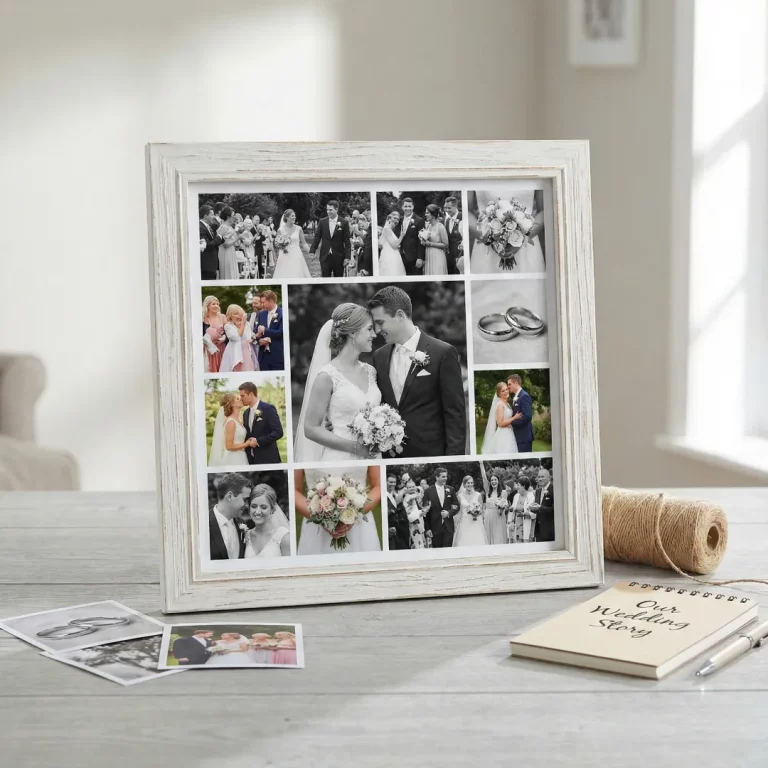Creating art on a large canvas opens up exciting possibilities for artists. From bold abstract compositions to detailed landscape masterpieces, working with bigger surfaces allows you to express your creativity on a grand scale. This comprehensive guide will help you navigate the world of large canvases, from selection to execution.
Whether you’re a seasoned artist looking to expand your horizons or a beginner eager to make a statement, understanding how to work with large painting canvases can transform your artistic practice. Large canvases offer unique advantages but also present specific challenges that require thoughtful consideration.
Understanding Large Painting Canvas Sizes
When we talk about large painting canvases, we’re typically referring to surfaces that exceed 24 inches in any dimension. However, the definition of “large” varies depending on your experience and workspace.
Common Large Canvas Sizes
Medium-Large (24″ x 36″ to 30″ x 40″)
- Perfect for beginners transitioning to larger work
- Manageable for most home studios
- Ideal for portraits and medium-scale landscapes
Large (36″ x 48″ to 48″ x 60″)
- Suitable for experienced artists
- Requires a dedicated workspace
- Excellent for abstract art and large-scale compositions
Extra Large (60″ x 72″ and above)
- Professional-level canvases
- Needs substantial studio space
- Creates a dramatic impact in galleries and homes
Types of Large Painting Canvases
Pre-Stretched Canvases
Pre-stretched canvases come ready to use, mounted on wooden frames. They’re convenient but can be expensive for large sizes.
Advantages:
- Immediate use
- Professional appearance
- Consistent tension
Disadvantages:
- Higher cost
- Limited size options
- Shipping challenges
Canvas Rolls
Canvas rolls offer flexibility and cost-effectiveness for large projects. You can cut them to your desired size and stretch them yourself.
Benefits:
- Cost-effective for large pieces
- Custom sizing options
- Easy storage and transport
Considerations:
- Requires stretching skills
- Need wooden frames
- Time-consuming preparation
Canvas Boards
Large canvas boards provide a rigid surface without the need for stretching. They’re excellent for studies and practice pieces.
How to Choose the Right Large Painting Canvas
Consider Your Painting Medium
Different painting mediums work better with specific canvas types:
Oil Painting:
- Medium-weight cotton canvas (12-15 oz)
- Linen for professional work
- Proper priming essential
Acrylic Painting:
- Cotton canvas works well
- Synthetic fabrics acceptable
- Universal primer suitable
Mixed Media:
- Heavy-weight canvas (16+ oz)
- Extra priming layers
- Consider canvas boards for stability
Evaluate Your Workspace
Before purchasing a large painting canvas, assess your studio space:
- Ceiling height: Ensure adequate clearance
- Wall space: Room for easel positioning
- Storage: Consider where you’ll keep finished work
- Lighting: Adequate illumination for the entire surface
Budget Considerations
Large canvases require a significant investment. Plan your budget around:
- Canvas cost
- Additional materials (more paint, larger brushes)
- Storage solutions
- Transportation expenses
Essential Tools for Large Canvas Work
Brushes and Tools
Working with a large painting canvas requires specific tools:
Large Brushes:
- 2-4 inch flat brushes for backgrounds
- Large filbert brushes for blending
- House painting brushes for priming
Palette Knives:
- Various sizes for texture work
- Large knives for paint application
- Flexible options for detail work
Other Tools:
- Paint rollers for backgrounds
- Spray bottles for blending
- Large palettes for colour mixing
Easels and Support Systems
Supporting a large painting canvas properly is crucial:
Studio Easels:
- Heavy-duty construction
- Adjustable height
- Stable base design
Wall-Mounted Systems:
- Space-saving options
- Adjustable positioning
- Suitable for permanent studios
Preparation Techniques for Large Canvases
Priming Your Canvas
Proper priming ensures paint adhesion and longevity:
- Clean the surface thoroughly
- Apply thin primer coats using the cross-hatching technique
- Sand lightly between coats
- Apply 2-3 coats for optimal coverage
Planning Your Composition
Large canvases require careful planning:
Thumbnail Sketches:
- Create small-scale versions
- Test different compositions
- Establish focal points
Grid Method:
- Transfer designs accurately
- Maintain proportions
- Reduce overwhelming feelings
Colour Studies:
- Test colour combinations
- Plan value relationships
- Avoid costly mistakes
Painting Techniques for Large Canvases
Starting Your Painting
Background First Approach:
- Establish overall colour scheme
- Create atmospheric effects
- Work from general to specific
Underpainting Technique:
- Map out major shapes
- Establish value relationships
- Create a foundation for details
Managing Paint Application
Large surfaces require different paint application strategies:
Wet-on-Wet Technique:
- Work quickly while the paint is wet
- Blend colours seamlessly
- Maintain consistent texture
Layering Method:
- Build up colour gradually
- Allow drying between layers
- Create depth and richness
Maintaining Consistency
Keeping your large painting canvas cohesive requires:
- Regular stepping back to assess progress
- Consistent lighting throughout sessions
- Colour reference charts for accuracy
- Photographic documentation of progress
Common Challenges and Solutions
Physical Strain
Working on large canvases can be physically demanding:
Solutions:
- Take regular breaks
- Vary your position
- Use ergonomic tools
- Maintain good posture
Paint Consumption
Large canvases require substantial amounts of paint:
Cost-Effective Strategies:
- Buy paint in larger quantities
- Use student-grade paint for underpainting
- Mix colours in bulk
- Consider paint mediums for coverage
Drying Time Management
Large paintings take longer to dry:
Tips:
- Work in sections
- Use fast-drying mediums
- Plan painting sessions accordingly
- Protect wet areas from dust
Finishing and Displaying Your Work
Varnishing Large Canvases
Protecting your finished artwork is essential:
- Wait for complete drying (6-12 months for oils)
- Apply thin, even coats of varnish
- Work in good lighting to avoid streaks
- Consider UV protection for longevity
Framing Options
Large paintings require robust framing solutions:
Floating Frames:
- Modern appearance
- Emphasises canvas texture
- Reduces overall weight
Traditional Frames:
- Classic presentation
- Offers protection
- Coordinate with decor
For more guidance on framing large artwork, check out our detailed guide on framing oversized prints.
Display Considerations
Successfully displaying large paintings requires:
- Appropriate wall space with adequate viewing distance
- Proper lighting to showcase details
- Secure mounting for safety
- Climate control for preservation
Maintenance and Care
Storage Solutions
Proper storage protects your investment:
Vertical Storage:
- Saves floor space
- Prevents canvas sagging
- Allows easy access
Protective Covering:
- Use acid-free materials
- Prevent dust accumulation
- Avoid plastic wrapping
Cleaning and Maintenance
Regular maintenance keeps your artwork looking fresh:
- Dust regularly with a soft brush
- Avoid harsh chemicals
- Monitor for damage
- Professional restoration when needed
Frequently Asked Questions
What size canvas is considered large for painting?
Generally, any canvas exceeding 24 inches in width or height is considered large. However, this depends on your experience level and workspace constraints.
How much paint do I need for a large painting canvas?
Paint requirements vary by technique and coverage. As a general rule, expect to use 2-3 times more paint than you would for a medium-sized canvas.
Can beginners work with large canvases?
Yes, but start with medium-large sizes (24″ x 36″) to build confidence and skills before attempting extra-large pieces.
What’s the best way to transport a large painting?
Use professional art shipping services for valuable pieces. For personal transport, invest in a proper art carrier and handle it with care.
How do I prevent large canvases from warping?
Ensure proper stretching tension, use quality materials, and store in stable environmental conditions.
Start Your Large Canvas Journey
Working with a large painting canvas opens new creative possibilities and challenges that can significantly enhance your artistic development. Start with manageable sizes and gradually work your way up to larger formats as your confidence and skills grow.
Remember that success with large canvases comes from proper preparation, quality materials, and patience. Take time to plan your composition, invest in appropriate tools, and don’t rush the process.Ready to explore more about displaying your artwork professionally? Discover our insights on large photo frames for presenting your finished pieces beautifully.





